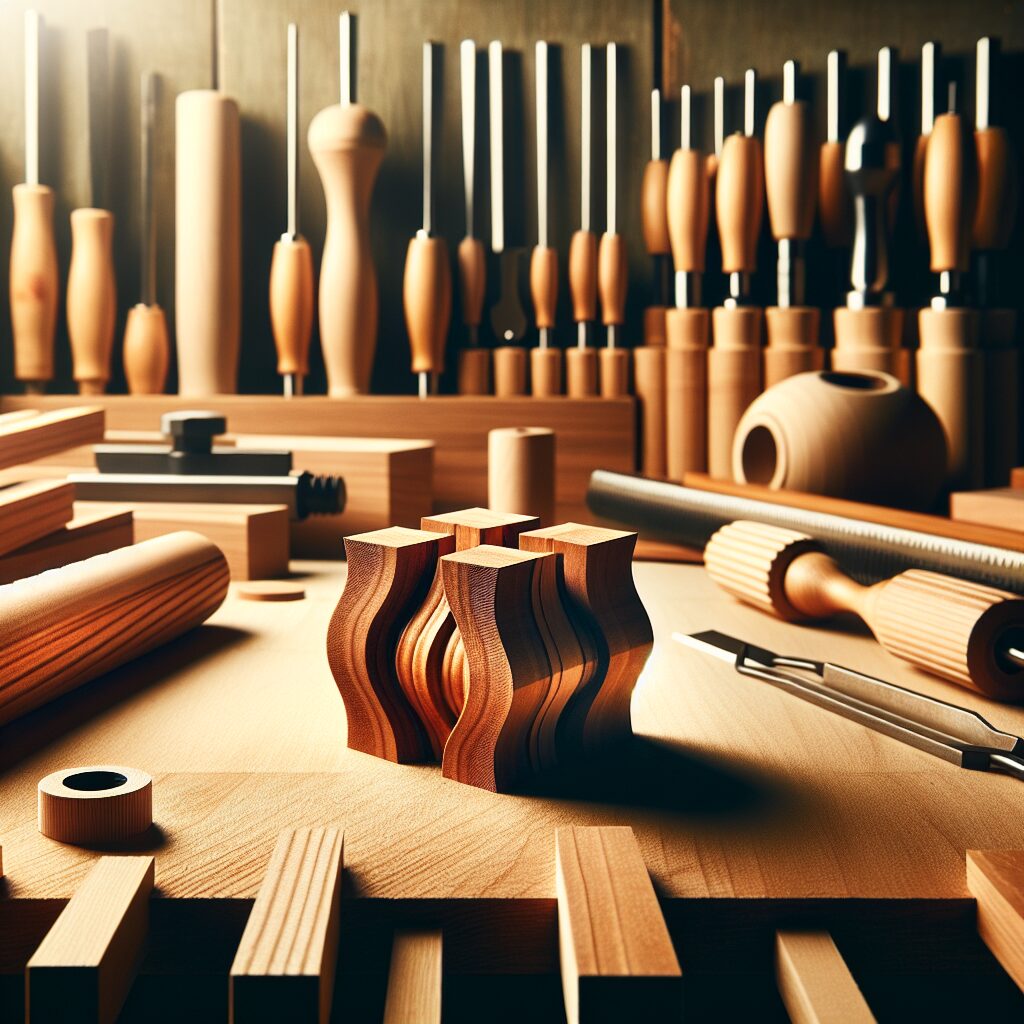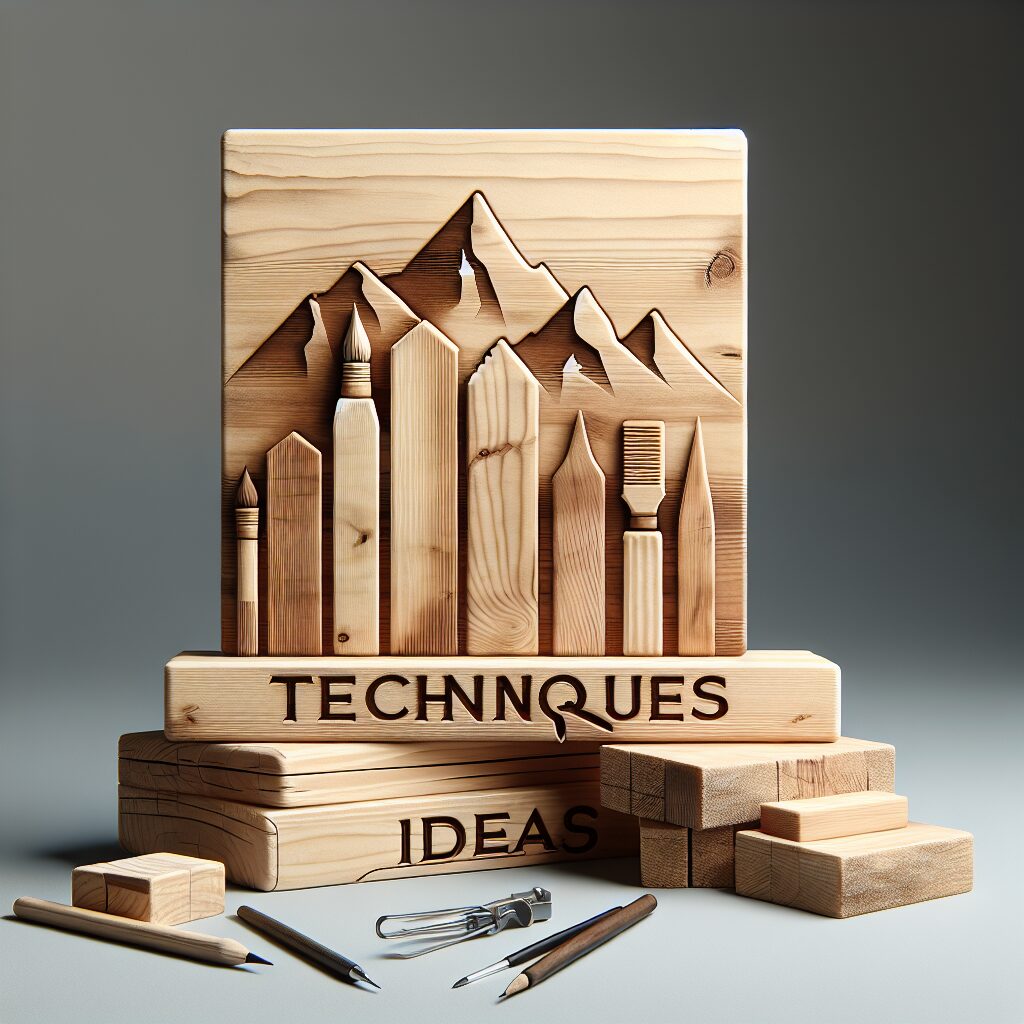Woodworking is one of the most satisfying and rewarding hobbies—or professions—you can pick up. There’s something deeply fulfilling about turning raw lumber into beautiful furniture, decor, or even custom cabinetry. But for both beginners and experienced woodworkers alike, certain pitfalls can quickly turn a passion project into a pile of wasted material.
In this guide, we’ll walk through the most common woodworking mistakes and give you actionable advice on how to prevent them. Whether you’re just starting out or refining your craft, avoiding these blunders will save you time, money, and frustration.
1. Skipping the Planning Stage
Mistake: Diving into a project without a clear plan or blueprint.
Why it matters: Lack of planning often leads to miscuts, measurement errors, and wasted materials.
How to avoid it:
- Always start with a detailed sketch or a plan.
- Include exact measurements, joinery types, and finish expectations.
- Use project planning software or good old-fashioned graph paper.
✅ Pro Tip: “Measure twice, cut once” isn’t just a cliché—it’s survival advice for your sanity and wallet.
2. Using the Wrong Wood for the Job
Mistake: Choosing wood based solely on looks or price.
Why it matters: Not all wood species behave the same. Some are better for furniture, others for structural builds.
How to avoid it:
- Learn the properties of different woods: grain pattern, hardness, durability, and how they react to humidity.
- Match your material to your project’s function. For example, use hardwood for furniture, and plywood or softwood for framing or cabinets.
3. Improper Tool Maintenance
Mistake: Working with dull blades, rusty tools, or misaligned machinery.
Why it matters: Poorly maintained tools lead to rough cuts, tear-outs, and even dangerous kickbacks.
How to avoid it:
- Routinely sharpen blades and bits.
- Check for squareness and calibration on saws and routers.
- Lubricate moving parts and clean off sawdust buildup.
🔧 A sharp tool is a safe tool. It’s not just about performance—it’s about protection.
4. Ignoring Wood Movement
Mistake: Building without considering how wood expands and contracts with humidity.
Why it matters: Even seasoned wood moves. Joints can crack or warp if you don’t allow for seasonal changes.
How to avoid it:
- Use floating panel techniques or allow gaps where necessary.
- Choose appropriate joinery that accounts for movement (like tongue and groove or breadboard ends).
5. Rushing Through Measurements and Cuts
Mistake: Cutting before confirming your measurements or aligning tools correctly.
Why it matters: Even a millimeter off can ruin joinery or lead to gaps that can’t be hidden.
How to avoid it:
- Use reliable measuring tools like a tape measure, combination square, and digital calipers.
- Double-check angles with a speed square or bevel gauge before cutting.
📏 Slow down. A few extra seconds verifying a measurement beats redoing a whole project.
6. Over-Sanding (or Under-Sanding)
Mistake: Either sanding too much and rounding edges, or not enough and leaving a rough surface.
Why it matters: The final finish is only as good as your sanding. Over-sanding ruins clean lines; under-sanding leaves blemishes.
How to avoid it:
- Use progressive grits: start with 80 or 100 and finish with 220 or higher.
- Always sand with the grain.
- Use sanding blocks or orbital sanders to maintain flatness.
7. Applying Finish Too Soon
Mistake: Finishing your piece before the wood is fully prepped or dust-free.
Why it matters: Stains won’t absorb evenly, and dust can leave bumps or imperfections.
How to avoid it:
- Clean the surface with a tack cloth after sanding.
- Let any glue fully cure and scrape off excess before finishing.
- Test your finish on a scrap piece first.
🎨 Think of finish like frosting—no one wants it lumpy, uneven, or applied before the cake is ready.
8. Underestimating Safety
Mistake: Forgoing basic safety gear and practices.
Why it matters: Woodworking injuries are often preventable and can be serious.
How to avoid it:
- Always wear safety glasses and hearing protection.
- Use push sticks and blade guards.
- Never work when tired or distracted.
9. Forgetting to Dry Fit First
Mistake: Gluing and assembling without doing a dry fit.
Why it matters: Once glue is applied, you only have a few minutes to make adjustments. Misalignments can ruin the project.
How to avoid it:
- Always dry fit your components before final assembly.
- Identify clamp placements and possible issues before applying glue.
10. Overlooking Dust Collection
Mistake: Letting sawdust build up in your workspace.
Why it matters: Not only is it a mess, but it’s a fire hazard and health risk.
How to avoid it:
- Use a shop vac or dust collection system.
- Wear a mask or respirator when sanding.
- Regularly clean filters and vacuum the workspace.
Bonus Tips for Better Woodworking Results
- Keep a project journal to note what works (and what doesn’t).
- Invest in quality tools over time—buy once, cry once.
- Join a woodworking community or forum to share ideas and get advice.
FAQ: Common Woodworking Mistakes
Q: What is the most common mistake beginners make in woodworking?
A: Rushing through measurements and skipping planning. Slow down and plan carefully.
Q: Can I use any wood for outdoor projects?
A: No, outdoor projects require weather-resistant woods like cedar, teak, or pressure-treated lumber.
Q: Why do my joints never line up perfectly?
A: It often comes down to inaccurate cuts or not squaring your tools before cutting. Always calibrate before cutting.
Q: Is hand sanding better than machine sanding?
A: Both have their place. Machine sanding is efficient for large surfaces, but hand sanding provides better control on edges and detail work.
Final Thoughts
Mistakes are part of the journey, but knowing what to look out for can set you up for success. Whether you’re crafting a bookshelf or a backyard pergola, avoiding these common woodworking mistakes will help you produce cleaner, safer, and more professional results.
Woodworking isn’t just about tools and timber—it’s about patience, precision, and learning from each piece you create.






